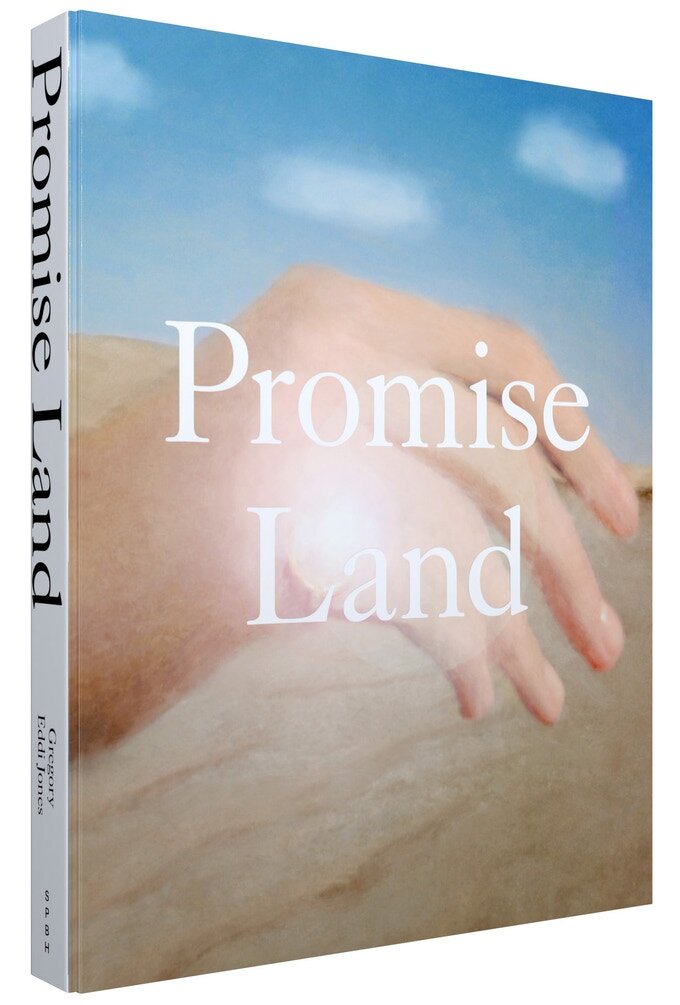Gregory Eddi Jones is raising funds to publish his upcoming book Promise Land with Self Publish Be Happy and we think you should support it.
Promise Land is a 200-page, epic visual poem that reinterprets T.S. Eliot’s classic “The Waste Land” through a contemporary lens. Picking up where the poem left off nearly a century ago, Gregory Eddi Jones jacks and manipulates stock images and video stills, into unreal, sometimes cartoonish, sometimes pictorial riffs on the clichéd experiences they represent.
Chirping birds, boring cat photos, clouds, rainbows, and other dentist-office-poster images fade and break apart at varying degrees on the page, often looking like a marriage of classic impressionism and amateur “Microsoft-paint-ism”…. and that’s precisely the point.
For Jones, the cheapness of these photographic conventions and how he treats them reflect what he considers the “spiritual poverty of common cultural pictures.” En masse, they envision photography’s potential to do more than just regurgitate a simulation of these base experiences.
Nearing the end of his Kickstarter campaign (hey readers, you should help fund this!) I caught up with Greg to learn more and wrap my head around his wild work…
Jon Feinstein in conversation with Gregory Eddi Jones





